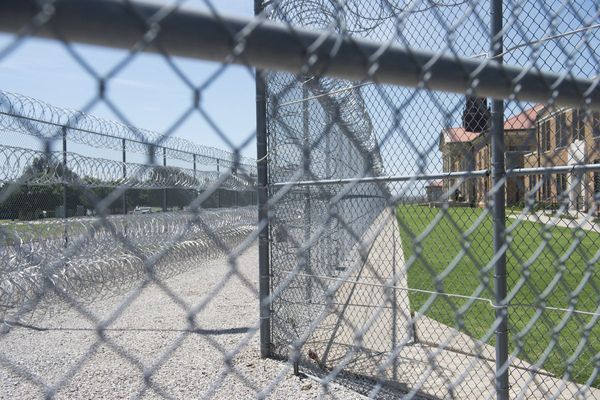
The final four days of the sunniest UK spring on record could see temperatures of up to 27C.
Some 630 hours of sunshine were clocked up across the country between March 1 and May 27, according to provisional figures from the Met Office.
This beats the previous record of 626 hours set in 2020.
The season is forecast to close with warm but changeable weather.

Part of the UK could see highs of 24C to 25C on Thursday, and 25C to 26C is possible on Friday.
London could peak at 27C on Saturday, the final day of meteorological spring.
However, the above-average temperatures are unlikely to qualify as a heatwave, which would require areas to reach a certain temperature for three consecutive days.
Heatwave thresholds vary from 25C to 28C in different parts of the UK. London’s threshold is 28C.
Met Office meteorologist Zoe Hutin said: “It’s still going to be warm. The weather itself is a bit more changeable.
“We’ve got a mixture of sunshine and showers pretty much every day over the rest of the week, and even into the start of June as well.

“With weather fronts arriving from the west, bringing some prolonged periods of rain, but also some brighter breaks with scattered showers in between as well.
“When we do get those brighter breaks and those sunny spells, it will feel warm in that sunshine.
“But when we do get those showers, they could be quite blustery, quite breezy.”
The highest temperatures in the coming days will be in the south and east, while Scotland and north-west England will be cooler and around average.
Seven of the top 10 sunniest springs have all occurred since the year 2000 and Met Office data for sunshine began in 1910.
Last year the UK saw only 377 hours of sunshine across March, April and May, making it one of the dullest springs on record.
Met Office scientist Emily Carlisle said: “We all remember the exceptionally sunny spring of 2020, but that title has now been surpassed by the spring of 2025.

“It has indeed been an extremely sunny and dry spring for the majority, but with a few days left of the season and more unsettled weather this week, it’s too early to say what will happen with other records.”
Figures for rainfall are due to be published by the Met Office later this week.
They are likely to show the UK has experienced one of its driest ever springs, despite heavy downpours in some areas in recent days.
Earlier this month, the Environment Agency said North West and North East England had both seen their driest start to a calendar year since 1929, while England as a whole had endured its driest February to April period since 1956.
This was before the recent rainfall, however.
England’s overall reservoir storage stood at 84% at the end of April, lower than at this time of year in the drought summer of 2022.
The Environment Agency has warned of a “medium” risk of drought in England this summer without sustained rainfall.
The regulator has said there are currently no hosepipe bans planned, but it warned water companies might have to implement measures including restrictions in the months ahead.







